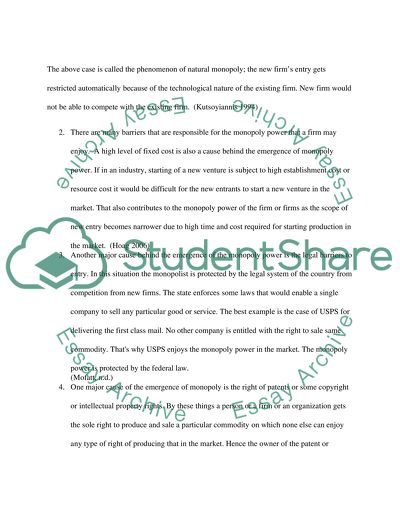Cite this document
(“How the Limit-Pricing Model Fit within the Harvard Approach to Assignment”, n.d.)
How the Limit-Pricing Model Fit within the Harvard Approach to Assignment. Retrieved from https://studentshare.org/macro-microeconomics/1518129-monopoly-essay
How the Limit-Pricing Model Fit within the Harvard Approach to Assignment. Retrieved from https://studentshare.org/macro-microeconomics/1518129-monopoly-essay
(How the Limit-Pricing Model Fit Within the Harvard Approach to Assignment)
How the Limit-Pricing Model Fit Within the Harvard Approach to Assignment. https://studentshare.org/macro-microeconomics/1518129-monopoly-essay.
How the Limit-Pricing Model Fit Within the Harvard Approach to Assignment. https://studentshare.org/macro-microeconomics/1518129-monopoly-essay.
“How the Limit-Pricing Model Fit Within the Harvard Approach to Assignment”, n.d. https://studentshare.org/macro-microeconomics/1518129-monopoly-essay.


